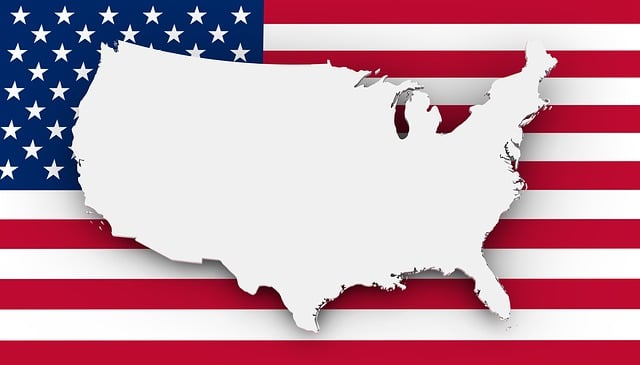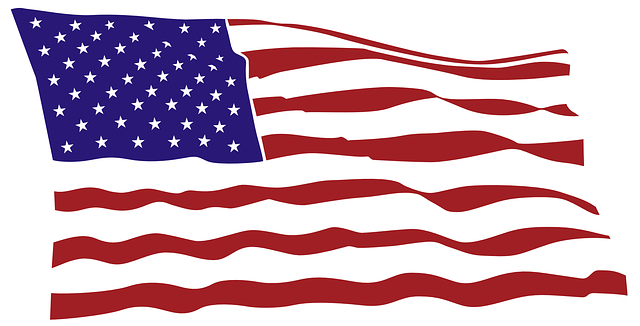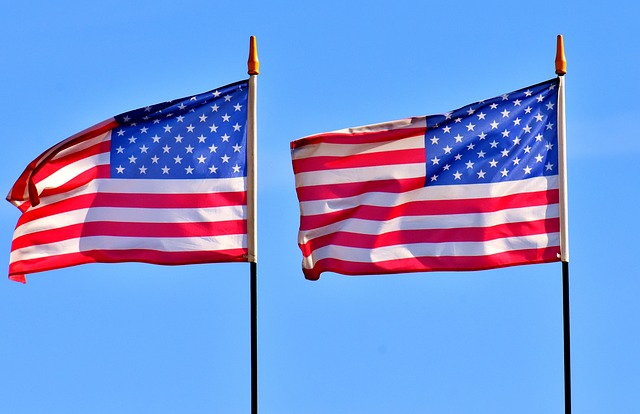The American Eagle and the American Flag are timeless national symbols deeply entwined with the identity of the United States. Both have a rich history and carry significant meaning, embodying strength, liberty, and the dual commitment to peace and defense that has been a hallmark of American values since the nation's founding. The eagle, depicted on the Great Seal and the American Flag, symbolizes these principles with its olive branch representing peace and its spread wings and vigilant eyes signifying strength and freedom. Each iteration of the flag, from its original 13-star design to the current 50-star version, has captured important moments in U.S. history while maintaining a steadfast symbol of unity and national pride. Together, these icons not only represent the United States' historical origins and contemporary identity but also serve as a visual testament to American resilience, democratic ideals, and the enduring spirit of its people. The American Eagle and the American Flag thus stand as powerful and enduring symbols of America's heritage and values.
The American Eagle and the American Flag stand as enduring symbols of freedom, each embodying the ideals upon which the United States was founded. This article delves into the rich tapestry of their historical significance, iconography, and evolution, offering a profound understanding of their meanings within the American psyche. From the early days of the Republic to contemporary cultural expressions, the intertwined history of these emblems reflects the nation’s commitment to liberty and independence. Join us as we explore the legal recognition of the American Eagle on the American Flag, its visual chronicle through the ages, and its profound influence on American identity.
- The Historical Roots of the American Eagle and the American Flag as Symbols of Freedom
- Iconography of the American Eagle: Strength, Freedom, and Sovereignty
- The Evolution of the American Flag: A Visual Chronicle of Liberty
- The Significance of Eagles in American Culture and Their Relationship to the Flag
- Exploring the National Emblem: The Legal and Symbolic Status of the American Eagle on the American Flag
The Historical Roots of the American Eagle and the American Flag as Symbols of Freedom

The American Eagle and the American Flag are deeply ingrained in the national identity, serving as potent symbols of freedom that trace their origins to the founding of the United States. The eagle, a long-standing emblem of strength and liberty, has its historical roots that stretch back to ancient Rome and Greece, where it was revered for its majesty and power. Fast forward to the American colonial period, where the eagle began to gain prominence as a representation of the newly forming nation’s aspirations. Benjamin Franklin even proposed the turkey as a national emblem, believing it to be more honorable than the eagle, though the Founding Fathers opted for the eagle due to its long-standing reputation for strength and freedom. The Great Seal of the United States, adopted in 1782, features an eagle holding arrows in one talon and an olive branch in the other, with thirteen stars above representing the original colonies. This emblem underscores the nation’s commitment to peace but readiness for conflict if necessary—a duality that mirrors the balance between freedom and responsibility.
The American Flag, too, has a storied history that reflects the evolving concept of liberty in America. Initially, the flag consisted of thirteen stars and stripes, with each star and stripe symbolizing one of the original colonies. Over time, as new states joined the Union, the flag was modified to accommodate these changes. Each iteration of the flag has told a story of national growth and the expansion of freedoms enshrined in the Constitution and the Bill of Rights. The flag has been a rallying point for Americans, from the Revolutionary War to the present day, symbolizing unity, resilience, and the enduring values of freedom and democracy. It has flown over battlefields, presidential inaugurations, and national celebrations, becoming a universal sign of hope, sovereignty, and independence. Together, the American Eagle and the American Flag stand as eternal symbols of the freedoms that Americans hold dear.
Iconography of the American Eagle: Strength, Freedom, and Sovereignty

The iconography of the American Eagle, as depicted on the American Flag, is a powerful embodiment of the nation’s values and ideals. This majestic bird, with its wings spread wide and its gaze directed skyward, symbolizes strength, freedom, and sovereignty. Its image on the national emblem signifies the resilience and power of the United States, reflecting the country’s ability to soar above adversity and maintain its independence. The eagle’s sharp eyes and piercing gaze are a visual metaphor for vigilance and foresight, qualities deemed essential for the nation’s continued prosperity and security. Additionally, the American Eagle is often associated with the ideals of liberty and freedom, which are central to the American ethos. Its presence on the flag serves as a constant reminder of the liberties fought for and cherished by the citizens of the United States. The eagle’s perch on a bundle of thirteen arrows, with a olive branch in its beak, further emphasizes the nation’s readiness to defend freedom while striving for peace. This enduring symbol encourages reflection on the balance between power and diplomacy that has defined America’s role on the global stage. The American Flag, complete with its emblematic eagle, stands as a testament to the nation’s commitment to the values of strength, freedom, and sovereignty, qualities that continue to define the United States in an ever-changing world.
The Evolution of the American Flag: A Visual Chronicle of Liberty

The American Flag has undergone a remarkable evolution over the centuries, each iteration reflecting significant moments in the nation’s history and its unwavering commitment to liberty. From the original 13 stars and stripes that symbolized the original 13 colonies’ rebellion against British rule to the present flag with 50 stars representing the 50 states of the Union, the American Flag has served as a visual chronicle of freedom and democracy. The design of the flag has been both a reflection of and a participant in the unfolding narrative of American identity.
Central to this emblematic tapestry is the American Eagle, a powerful and enduring symbol of freedom that has graced the nation’s Great Seal since 1782. The eagle, with its sharp eyes and majestic wings, embodies the strength, independence, and vigilance of the nation. As the flag has evolved, so too has the representation of the eagle, subtly changing to reflect the times while maintaining its core significance as a guardian of freedom. Together, the American Flag and the American Eagle stand as icons of American resilience, democracy, and the values upon which the country was founded.
The Significance of Eagles in American Culture and Their Relationship to the Flag

The American Eagle holds a profound place in the cultural and symbolic fabric of the United States, embodying the strength, freedom, and independence that the nation aspires to. This national emblem is depicted on the Great Seal of the United States, where it carries a olive branch in its beak and talons, representing peace and freedom, respectively. The eagle’s majesty and resilience mirror the American ethos, capturing the essence of the country’s spirit. Its image resonates across various platforms, from coinage to national monuments, underscoring the importance of this avian symbol in American identity.
The American Eagle and the American Flag are deeply intertwined, often seen together as powerful symbols of national pride and unity. The Flag itself, with its thirteen stripes representing the original colonies and fifty stars symbolizing the states in the Union, has long been a beacon of freedom and democracy. When displayed with the eagle, this combination reinforces the themes of strength and liberty. The flag’s reds, whites, and blues contrast against the brown and white feathers of the eagle, creating an iconic image that is instantly recognizable around the world. This visual pairing serves as a reminder of the values America holds dear: freedom, sovereignty, and the rule of law, with the American Eagle often depicted holding or defending the American Flag, signifying protection and the safeguarding of the nation’s ideals.
Exploring the National Emblem: The Legal and Symbolic Status of the American Eagle on the American Flag

The American Eagle, emblematic of strength and freedom, has long been a central figure on the American Flag, serving as a powerful symbol of national identity and the values upon which the country was founded. Legally codified in the United States Code, Title 4, Chapter 1, Section 1, the representation of an eagle holding arrows and an olive branch in its talons underscores the nation’s readiness for conflict and its pursuit of peace. The eagle’s spread wings and vigilant gaze are a testament to American resilience and watchfulness over its sovereignty. This national emblem, as depicted on the flag, has a dual role: it is both a legal insignia, mandated by federal law to follow specific design guidelines, and a potent symbol that evokes the principles of liberty and democracy that America upholds. The American Flag, with its eagle crest, serves as a visual reminder of these ideals, flying over government buildings, public squares, and private homes across the nation. It is a rallying point for citizens, both in times of unity and in moments of dissent, reflecting the country’s commitment to freedom and self-determination. The eagle’s presence on the flag is not just an emblem of American heritage but also a beacon that guides the nation’s collective aspirations towards a future where freedom endures and thrives.
